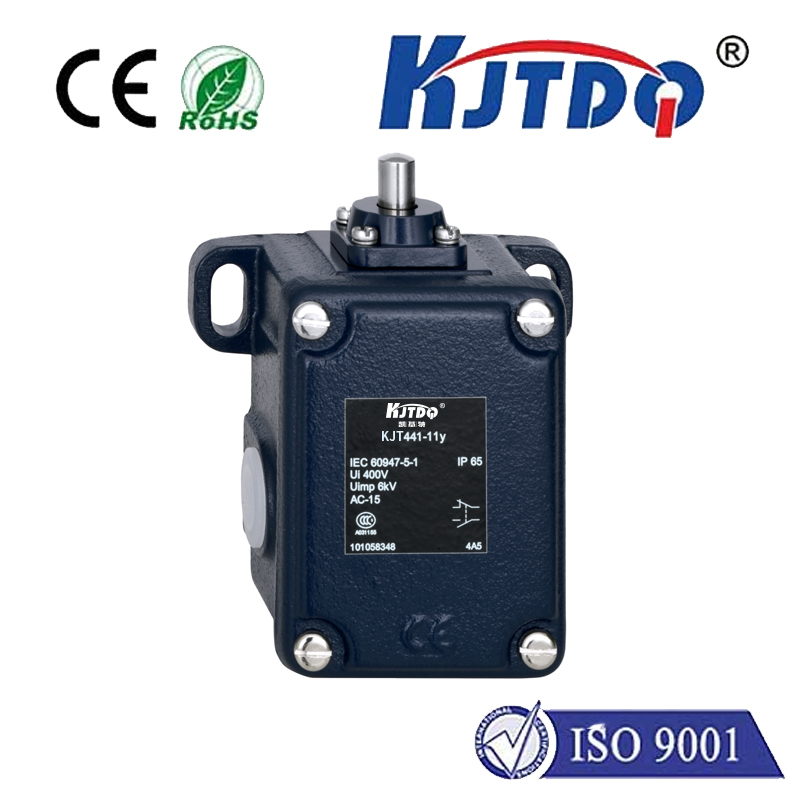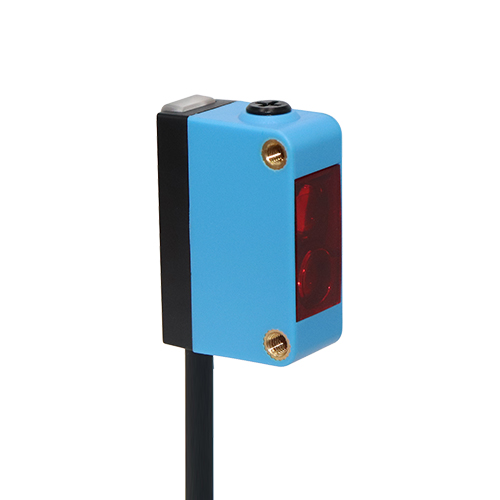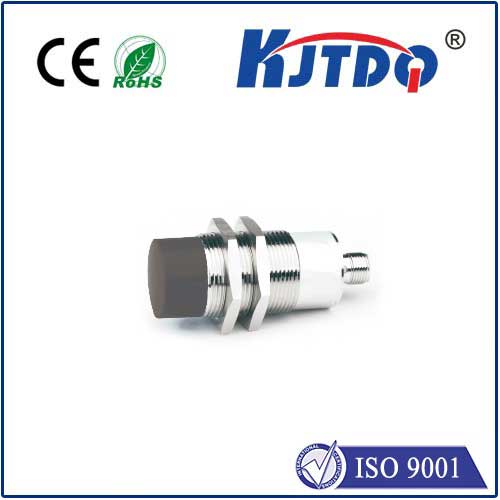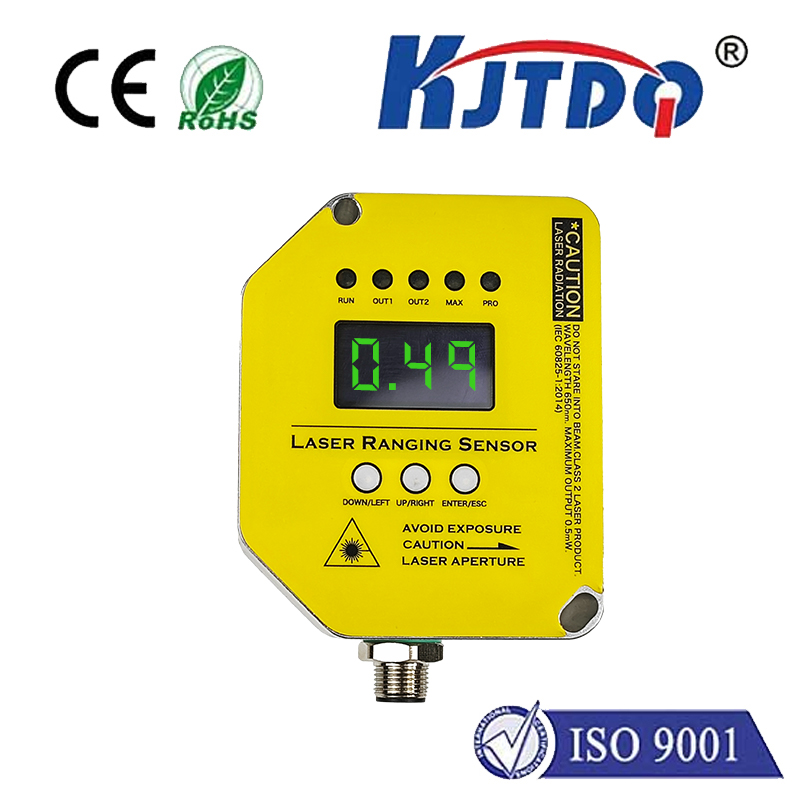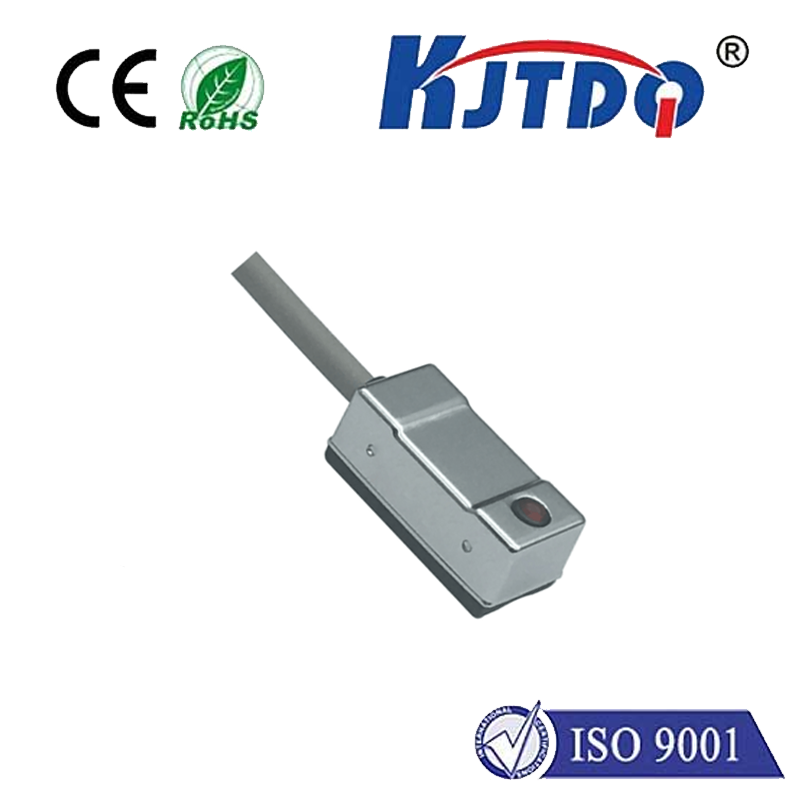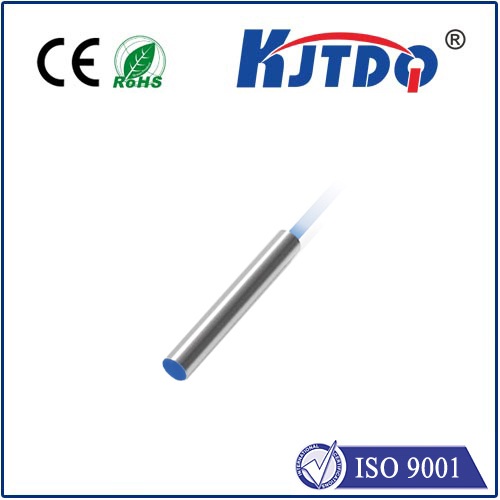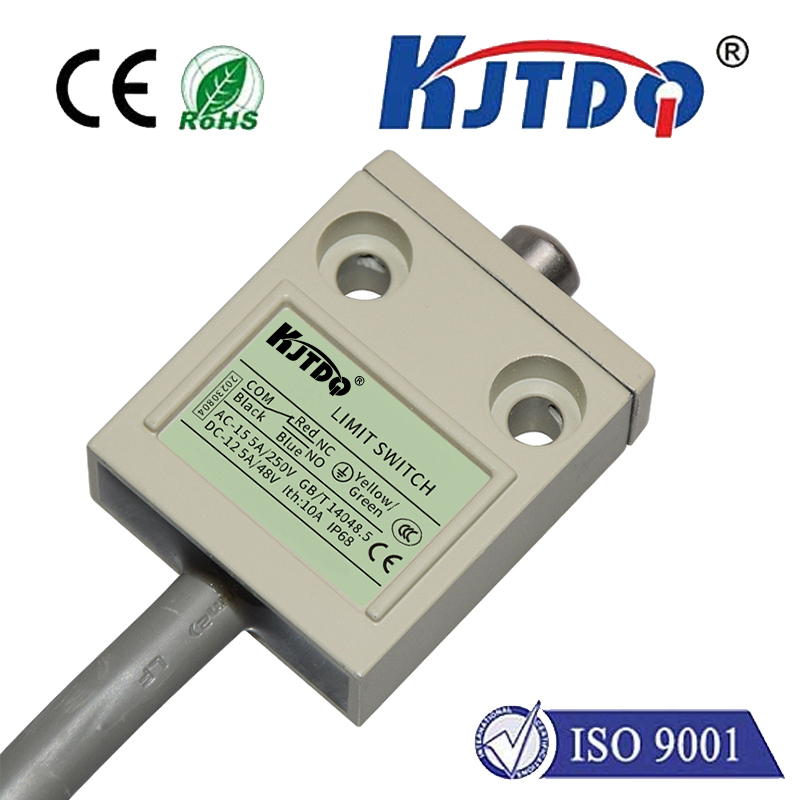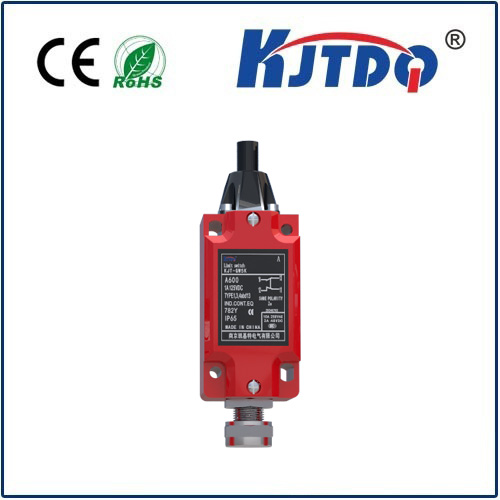
check

check

check

check
Proximity sensors, particularly the rangkaian proximity sensor, have been at the forefront of automation and control systems for decades. These tiny devices are capable of detecting the presence or absence of objects within a defined range, making them an essential component in various industries, including manufacturing, automotive, healthcare, and logistics. In this article, we will delve into the technology behind one of the most powerful sensors today and explore how it is revolutionizing the future of automation.
The rangkaian proximity sensor works by using electromagnetic fields to communicate with objects. When an object enters or exits the field, it changes the electrical signal produced by the sensor. This change is then detected by the sensor and used to determine whether the object is present or absent. The accuracy and reliability of these sensors depend on their design and implementation, with some models offering features such as directional detection, high-temperature resistance, and waterproofness.
One of the key advantages of rangkaian proximity sensors is their ability to detect objects regardless of their size or shape. This makes them ideal for applications where traditional sensors may struggle, such as monitoring the movement of individuals or detecting objects in complex environments. Furthermore, these sensors can be easily integrated into existing systems, enabling seamless automation and control.
Another benefit of rangkaian proximity sensors is their low power consumption. Unlike traditional sensors that rely on mechanical components to operate, these sensors consume very little power, making them an attractive option for energy-conscious systems. Additionally, they can operate continuously for extended periods without requiring maintenance, further reducing costs and increasing efficiency.
In conclusion, the rangkaian proximity sensor is a game-changer in the world of automation and control systems. Its ability to detect objects regardless of their size or shape, combined with its low power consumption and ease of integration, make it an essential component in various industries. As technology continues to evolve, we can expect to see even more advanced versions of these sensors emerge, further enhancing their capabilities and opening up new possibilities for automation and control.
